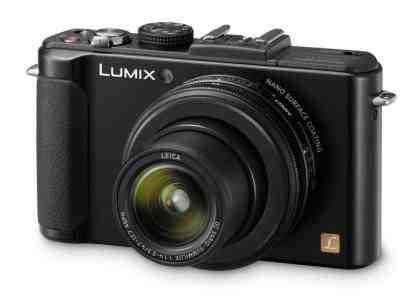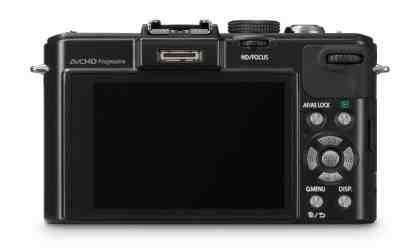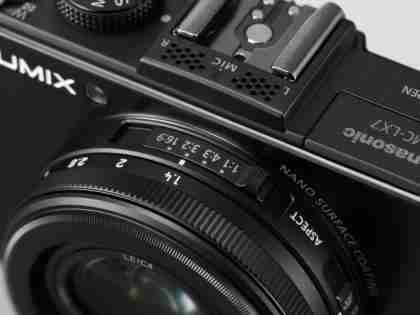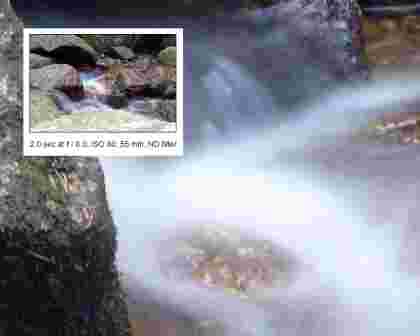The Panasonic LX7 is a pocket-sized camera for keen photographers, perhaps as a lightweight alternative to an SLR. Its 1/1.7in sensor is only slightly larger than the 1/2.3in sensors used in most compact cameras – and much smaller than any SLR sensor – but features such as a wide-aperture lens, fast performance and lots of physical controls distinguish this premium compact camera from cheaper point-and-shoot snappers.

In the last couple of years such cameras have struggled to compete with compact system cameras (CSCs), which offer the advantages of an SLR's large sensor and interchangeable lenses in borderline-pocket-sized dimensions. However, if the LX7 is anything to go by, the demise of the premium compact camera is a long way off.
It's not quite as slim as the Canon PowerShot S100 but smaller than our current favourite premium compact, the Fujifilm X10 . The lens protrudes 20mm from the camera body when switched off and the lens cap adds another 4mm, but we were still able to fit it into jeans pockets – something that's not so easy with even the slimmest CSCs. The slim rubber handgrip and contoured rear are just enough for a secure grip.

As with its predecessors, the LX7 has a switch on its lens for auto/macro/manual focus and another for aspect ratio. In most digital cameras this would mean simply cropping the image, but the LX7's sensor is designed for multiple aspect ratios, so 16:9 photos are both shorter and wider than 4:3 ones. A 3:2 option is there too for those who like their photos to resemble an SLR's output, and so too is 1:1 for Instagram fans.

The LX7 also has a lens-mounted control for setting the aperture. This harks back to the days before film cameras had batteries, and is a big boost to both the aesthetic charm and practical design. With aperture controlled on the lens and shutter speed on the rear dial, manual exposure control is extremely fluid. There's another control for manual focus adjustment, but this rocker lever isn't as quick to use as a dial or lens ring. Still, a momentary 5x digital magnification makes it possible to adjust the focus with confidence.

The 3-stop ND filter let us use a two-second exposure to exaggerate motion blur in this shot - click to enlarge
Meanwhile, pushing the focus lever enables a three-stop neutral-density (ND) filter, which reduces incoming light by a factor of eight. This is perfect for slow shutter effects such as turning flowing water into wispy ethereal fibres. It's also extremely useful for controlling motion blur in videos.
